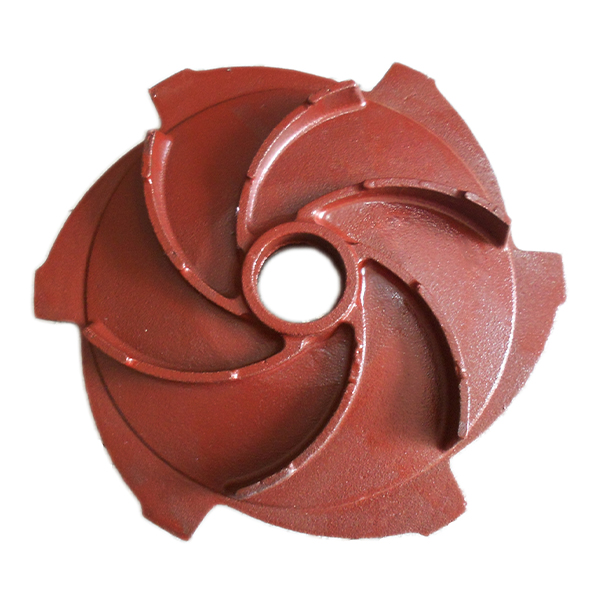Mobile:+86-311-808-126-83
Email:info@ydcastings.com
Aluminum Continuous Casting - Efficient and Innovative Solutions
Aluminum Continuous Casting Advancements and Applications
Aluminum continuous casting is an innovative process that has revolutionized the way aluminum is produced and shaped into various forms. This technique offers several advantages over traditional casting methods, including improved material properties, reduced production costs, and enhanced manufacturing efficiency. With the global aluminum market expanding, continuous casting technology plays a critical role in meeting the increasing demand for high-quality aluminum products.
The continuous casting process for aluminum involves the steady feeding of molten aluminum into a mold, where it cools and solidifies into a semi-finished product, typically in the form of slabs, billets, or ingots. One of the key benefits of this method is that it allows for a more consistent and uniform material structure, which is crucial for applications that require high strength and durability. This uniformity also reduces the chances of defects such as pores or inclusions, leading to better performance in end-use applications.
Another significant advantage is the efficiency of the continuous casting process. Traditional casting often involves multiple steps, including pouring, cooling, and further processing, which can be time-consuming and require significant energy input. In contrast, continuous casting streamlines these steps, allowing for a higher production rate and lower operational costs. This is particularly beneficial for industries where quick turnaround times are essential.
aluminum continuous casting

Environmental considerations are also a vital aspect of aluminum continuous casting. As manufacturers seek to minimize their carbon footprint, this process can contribute to sustainability efforts. Continuous casting produces less waste material compared to traditional methods, and the ability to recycle scrap aluminum further enhances its eco-friendliness. Additionally, advancements in technology have led to more energy-efficient furnaces and cooling systems, further reducing the environmental impact.
The applications of aluminum products produced through continuous casting are diverse and far-reaching. Industries such as automotive, aerospace, and construction benefit from high-performance aluminum components. For instance, in the automotive sector, lightweight yet strong aluminum parts contribute to fuel efficiency and lower emissions. In aerospace, the need for materials that can withstand extreme conditions makes continuous casting a critical process for producing components that meet strict safety standards.
In conclusion, aluminum continuous casting stands out as a pivotal technology in the modern aluminum production landscape. Its advantages—ranging from improved material quality and cost efficiency to reduced environmental impact—make it an attractive choice for manufacturers. As industries continue to innovate and evolve, the demand for reliable, high-quality aluminum products will undoubtedly increase, ensuring that continuous casting remains at the forefront of aluminum manufacturing technology.











